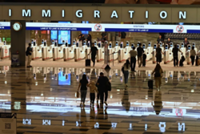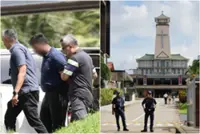An autonomous vehicle at Resorts World Sentosa on July 12, 2024. The authorities in Singapore began studying self-driving vehicles from as early as 2014. - ST/ANN
SINGAPORE: Singapore is poised to make a big push for self-driving vehicles to be deployed across the island in the next five years, to strengthen the public transport network.
It is a key plank in Acting Transport Minister Jeffrey Siow’s plan to make public transport more attractive by reducing journey times to work, especially for those living in Housing & Development Board (HDB) estates farther from the city centre.





